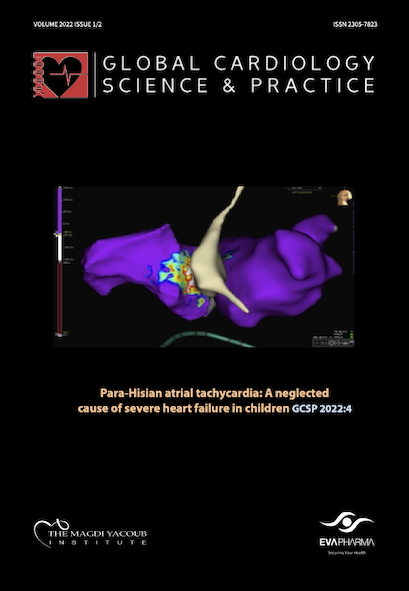Ultrasound-facilitated catheter-directed thrombolysis via dual right upper extremity venous access into the basilic vein in a case of submassive pulmonary embolism
DOI:
https://doi.org/10.21542/gcsp.2022.14Abstract
Traditionally, massive, life-threatening pulmonary embolism (PE) has been treated with systemic thrombolytic therapy, whereas submassive and smaller acute PEs have been treated with systemic anticoagulation therapy. Given that thrombolytic therapy is associated with a risk of life-threatening complications, including intracranial hemorrhage, it has not been routinely used or recommended for submassive PEs. In 2017, the Food and Drug Administration (FDA) approved ultrasound-facilitated catheter- directed thrombolysis (USCDT) for acute massive and sub-massive pulmonary embolism. USCDT is primarily performed via jugular or femoral venous access. There have been isolated reports of USCDT performed via upper-extremity venous access. We present a case of ultrasound-facilitated catheter-directed thrombolysis (USCDT) in a submassive PE patient with dual right upper extremity venous access, where both sheaths were advanced into the basilic vein (due to anatomic variation). Based on recent clinical trial data suggesting that shorted duration USCDT is as effective as longer duration, tPA was infused in this case for 6 hours. This intervention strategy can enhance patient comfort with USCDT therapy and can be particularly helpful in patients at high risk of access site complications and those unable to lie supine for a long duration of infusion therapy.
Downloads
Published
Issue
Section
License
This is an open access article distributed under the terms of the Creative Commons Attribution license CC BY 4.0, which permits unrestricted use, distribution and reproduction in any medium, provided the original work is properly cited.


